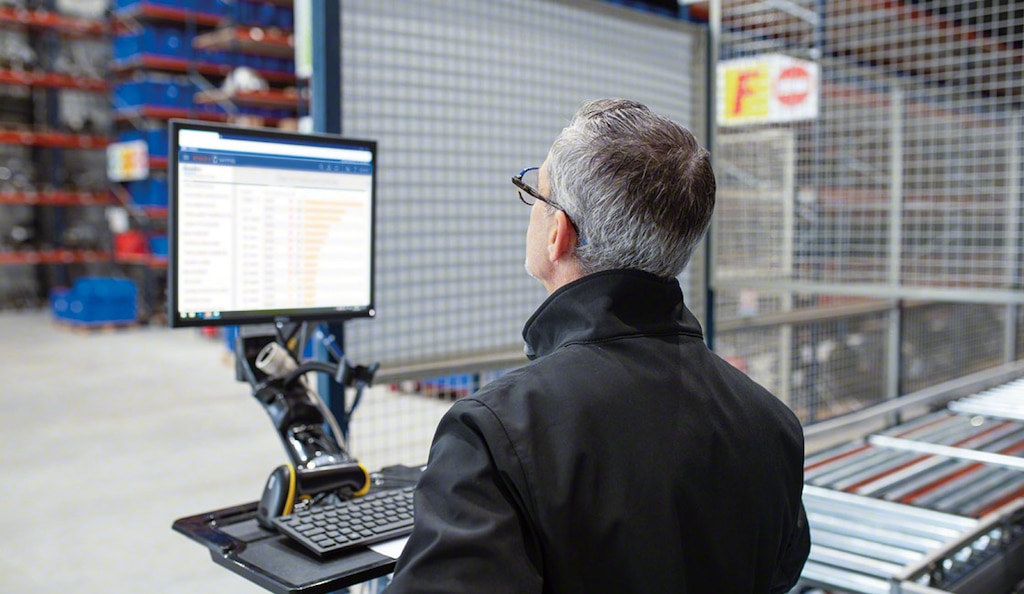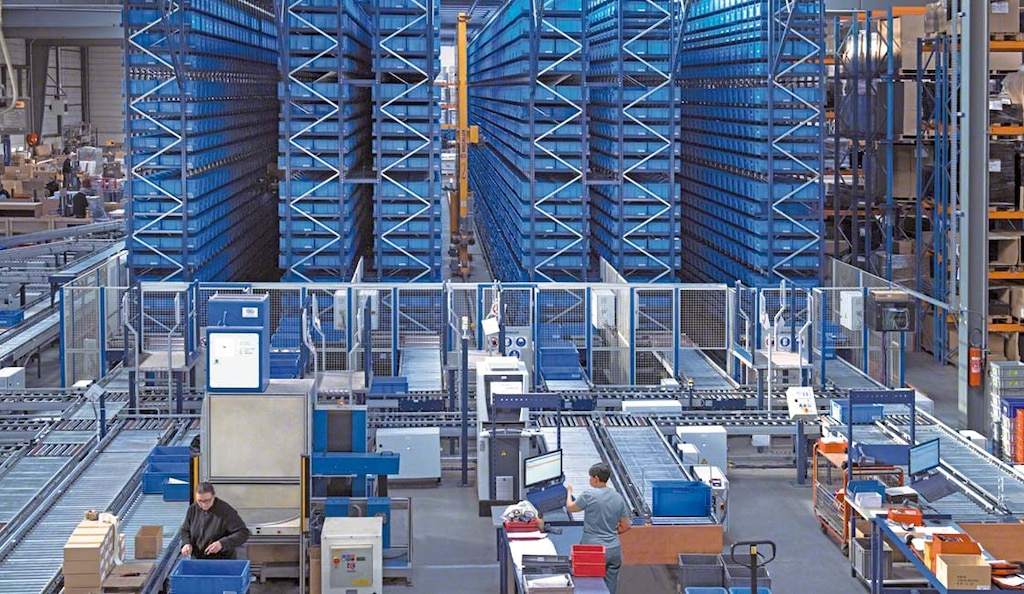
Types of supply chain and their management
Being familiar with the types of supply chains and deciding on the right one are essential for a business. The supply chain model you choose will determine your company’s success or its exposure to possible disruptions.
Role of the supply chain in industry
A supply chain represents the network of businesses, operations, technologies, and resources needed to create and sell a product. It spans the procurement of raw materials to deliveries of orders to consumers. The types of supply chain implemented condition how fast and effectively goods will arrive at their destination. Thanks to advancements like warehouse automation and inventory management software, demand forecasting and transportation optimization across the supply chain have become much simpler.
What are the types of supply chains?
There are several kinds of supply chains, all of them flexible. They are designed and structured according to each company’s objectives. These are the most common:
- Linear supply chain. In this traditional type of supply chain, each link acts independently. There is little information sharing between different areas, which can worsen disruptions and lead to low efficiency. Only small chains with simple structures and processes can operate traditionally.
- Direct supply chain. This aims to reduce the number of intermediaries to minimize steps between the company and its customers. Several e-commerce platforms have adopted this type of supply chain, handling everything from sourcing and production to distribution and sales of their products.
- Collaborative supply chain. Sometimes, two or more companies share resources along the supply chain (or part of it) to increase efficiency and save costs. For example, they might cooperate in procurement or distribution if they use similar raw materials or have a similar target audience.
- Synchronized supply chain. All steps within this type of supply chain occur quickly and smoothly, minimizing downtime and disruptions. Syncing a supply chain calls for high levels of transparency and information sharing, which tools like Easy WMS can provide. Centralized supply chains offer more control than decentralized ones.
- Strategic supply chain. In this scenario, the stages are determined by the goals of companies operating in volatile and rapidly changing markets. Aligning processes with business needs allows for flexibility and adaptability.
- Complex supply chain. Many actors are involved, and products require numerous inputs or processing across different plants or assembly facilities. Car manufacturing is a good example, which calls for high visibility throughout the chain to complete each vehicle.

Difference between supply chain models and supply chain types
Every industry has its own requirements and characteristics. For that reason, in addition to different types of supply chains, several operating models have also been developed. These determine how materials and production will be organized and how products will be delivered:
- Continuous flow. This model is typical in industries that handle products with predictable, constant demand. Although it maximizes efficiency and avoids stockouts, it may respond slowly to supply disruptions.
- Fast. Businesses with short product life cycles and variable demand employ this approach. It enables them to react quickly to market trends and lowers their risk of overstock. However, if managed poorly, a fast chain could drive up costs.
- Efficient. This strategy focuses on increasing revenue by streamlining operations and minimizing costs. It’s perfect for mass-scale production processes and waste reduction, but it can make companies less adaptable. A case in point is manufacturers with high production volumes looking to offer competitive prices.
- Agile. This model enables businesses to pivot rapidly to market changes and consumer demands. It’s commonplace in sectors with elastic demand, such as fashion, enabling retailers to offer high levels of customer service. Demand forecasting systems are a must with agile chains to keep costs down and expedite responsiveness.
- Flexible. This combines elements from the two previous models, agile and efficient. It seeks to adapt to new trends while considering cost–benefit.
- Custom-configured. Besides the five working models mentioned above, companies can create their own supply chain model. This strategy is advisable for retailers selling specialized products or services or with a high level of personalization. Some carmakers, for instance, use this model to allow buyers to customize details on their future vehicles.

What are the stages of the supply chain?
Every phase that makes up the supply chain plays a vital role in its operation by contributing to its efficiency:
- Planning. This stage serves as the foundation of the supply chain. It involves forecasting demand, determining necessary resources, and mapping out logistics processes.
- Procurement. This phase consists of selecting suppliers and fostering good relationships with them. Procurement has a major impact on quality and cost–benefit.
- Manufacturing. Transforming raw materials involves preparing production, carrying out quality control, and maintaining facilities for these purposes.
- Shipping. Logistics operations involve transportation, storage, and the delivery of goods. Advanced distributed order management systems like Easy DOM simplify this task.
- Returns. Designing reverse logistics operations in advance is instrumental for processing returns effectively, enhancing customer satisfaction, and bringing down costs. Analyzing returns data helps identify areas for improvement.
Manage your supply chain with Interlake Mecalux
The type of supply chain you choose will affect your logistics processes significantly. Its effective operation ensures that products will arrive at the right place, at the scheduled time, and in the requested quantity. This is imperative for achieving operational excellence.
If you’re looking to streamline your processes, at Interlake Mecalux, we’re here to help. We provide consultation on software, automation, and storage solutions to revolutionize your company and boost your intralogistics operations. Contact us, and we’ll be happy to share our company’s 55-plus years of experience in supply chain management systems with you.
